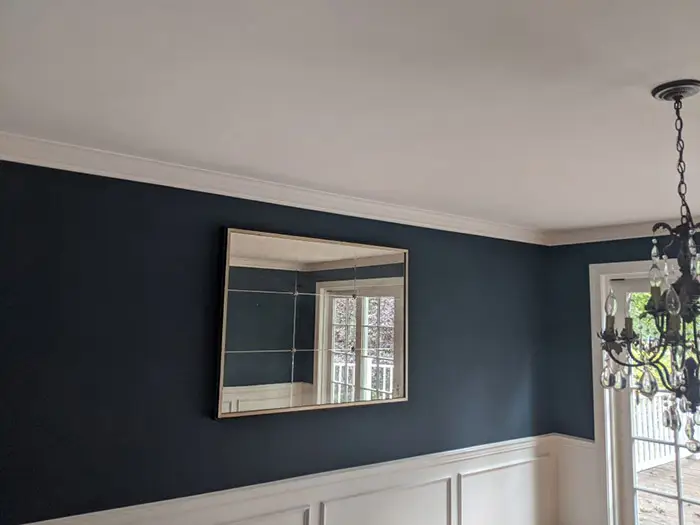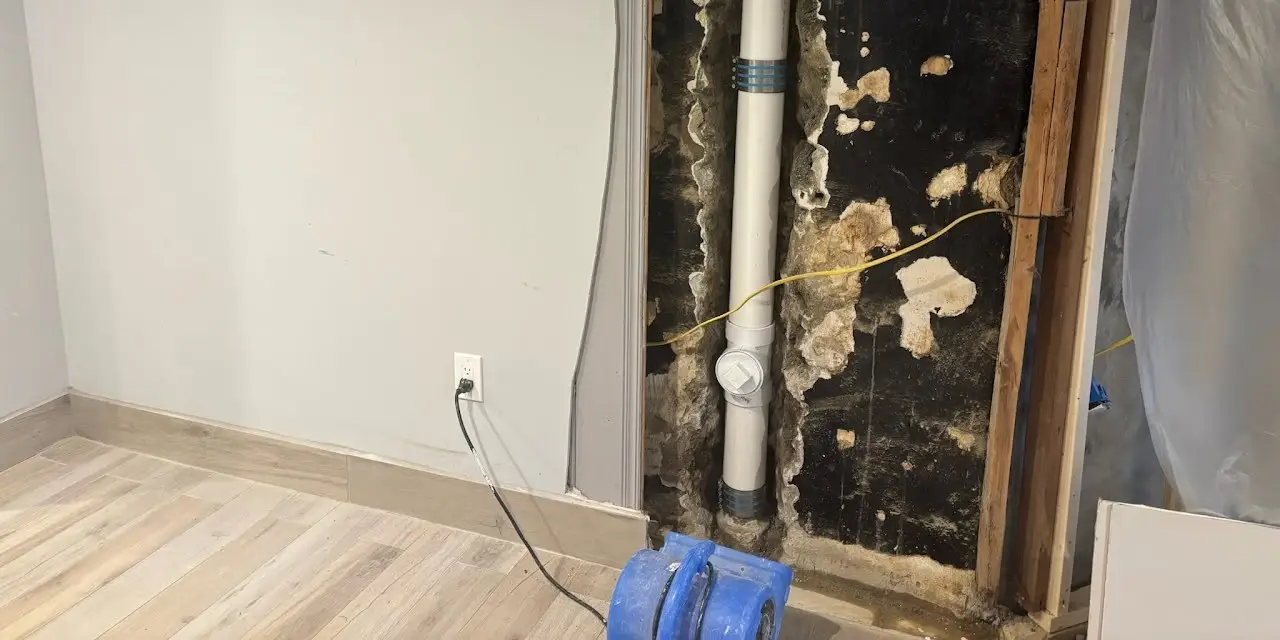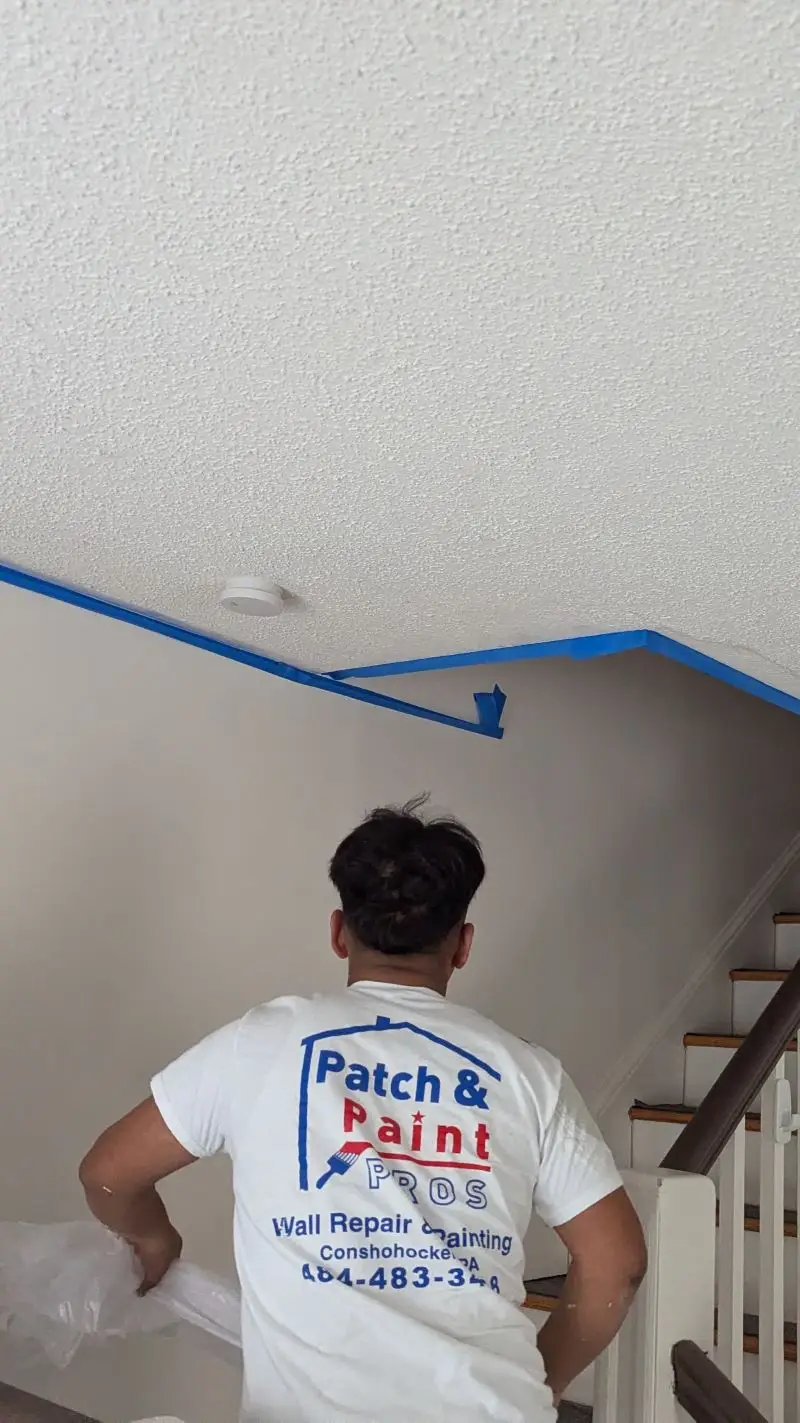Homeowners, DIYers, and contractors alike know that when a wall needs repair, you need to have the right patch kit on hand. But how do you choose which one is best for your job? And what’s the correct way to use it?
This article will provide an ultimate guide to wall repair patch kits – from choosing the right product for your project to using them with ease. We’ll cover everything you need to know about wall repair patches: their different varieties, features, and benefits of each type, tips on applying them correctly, and more.
With this information in hand, you’ll be able to make informed decisions about which kinds of patch kits are best suited for your project and how best to use them. So let’s get started!
Types Of Wall Repair Patch Kits
When you need to repair larger holes or stress cracks in your drywall, a drywall patch kit can come in handy. These kits usually come with a putty knife and other tools needed for drywall repairs.
The putty knife is used to apply joint compound or spackle to the damaged area, creating a smooth finish once it dries. Some drywall patch kits even include self-adhesive mesh tape to help reinforce the patch and prevent future cracks.
When choosing a drywall patch kit, make sure to consider the size of the hole or crack you’re repairing, as well as the type of finish you want to achieve. Some kits are designed for smaller holes, while others can tackle larger repairs.
Regardless of the type of kit you choose, following the instructions carefully can help ensure a successful repair job. With the right tools and techniques, you can easily handle most drywall repairs without the need for a professional drywall contractor.
Knowing which type of product works best in each situation can help ensure success when tackling those pesky wall repairs. With this knowledge under your belt, let’s move on to discussing the features and benefits of different wall repair patch kits.
Features And Benefits Of Different Wall Repair Patch Kits
Now that you know the types of wall repair patch kits, let’s look at what features and benefits they have to offer. Depending on your needs, some options may be more suitable than others.
For quick fixes:
- Repair Putty – This is a paste-like substance that comes in a tube or canister and will harden once it dries. It’s great for small holes or cracks because it won’t shrink or crack over time like other materials would.
- Spackle – Spackle is an adhesive plaster-like material used to fill deep gaps between surfaces such as drywall panels. It bonds quickly to most surfaces and provides excellent durability and water resistance when dried properly.
- Drywall Tape – Drywall tape is used to seal seams between sheets of drywall and provide added strength where two pieces meet together. The tape should be applied in conjunction with the joint compound for the best results.
For large repairs:
- Fiberglass Mesh Tape – Fiberglass mesh tape is stronger than paper tape and provides superior adhesion thanks to its woven construction. It also resists tearing better than traditional paper tapes which makes it ideal for larger repairs involving multiple layers of sheetrock.
- Joint Compound – Joint compound (also known as mud) is a thick liquid material used to fill gaps between drywall boards before taping them together with fiberglass mesh tape or paper tape. The joint compound must be mixed before use, as it usually comes in powder form that needs to be activated by adding water.
- Sandpaper – Sandpaper is essential for repairing walls since you will need it to smooth out any rough edges after applying spackle, putty, joint compound, etc.. Also, sanding helps ensure proper paint coverage when finished painting the repaired area(s).
These are just some of the items available when choosing a wall repair patch kit; each offering different features and benefits depending on the size of the job at hand. With these tools at your disposal, you’ll be able to make easy work of any wall repair project!
Choosing The Right Wall Repair Patch Kit
When faced with wall damage, it can be difficult to know where to start. The right patch kit is essential for making your walls look their best again – but how do you choose the one that’s right for you?
It’s important to consider a few things when selecting a repair patch kit: what kind of material the wall is made from, the size and scope of the damaged area, and how quickly you need repairs completed. Depending on these factors, different kits may be better suited than others.
For instance, if you’re dealing with drywall damage, there are specific products designed specifically for this purpose; likewise, more complex repairs such as holes or cracks in other materials require specialized tools and adhesives. Taking time to select the appropriate product will help ensure success with your project.
Tips For Applying Wall Repair Patch Kits
When it comes to patching holes in walls, the right wall repair patch kit is essential. With the variety of products available on the market, doing your research and understanding what type of wall you’re dealing with can be a great starting point for selecting the best product for the job.
Once you’ve chosen an appropriate patch kit, following manufacturer instructions closely will help ensure successful results.
Before beginning any application process, make sure that all surfaces are clean, dry and free from dirt or dust as this will affect adherence. For larger patches or cracks, sand down surrounding areas until they’re flush with the rest of the wall. If possible use a power sander to smooth edges and create a better surface for adhesion.
Use masking tape around corners or tight spots where needed – this allows an even spread when applying putty or compound to cover up blemishes. Finally, apply fill-in material in thin coats rather than one thick layer; allow each coat to fully dry before adding additional layers if necessary.
Now that you know how to properly prepare and apply a wall repair patch kit its time turn our attention towards troubleshooting common issues that may arise during use.
Troubleshooting Wall Repair Patch Kit Issues
Ah, the good ol’ wall patch kit – it’s come a long way since its inception. The modern version of this trusty tool is incredibly versatile and can be used in a variety of applications to repair drywall surfaces. But sometimes things don’t go according to plan when you are using one.
Here are some common issues that can occur while tackling your project:
Problems with Applying Patches:
- Not cleaning surface properly before applying patches
- Failing to apply enough pressure while pressing the patch into place
- Not allowing ample drying time after application
Difficulties Matching Color or Texture:
- Inability to match existing texture due to age or type of paint/materials used
- Difficulty blending colors together for a consistent look
- Patch material not adhering well because it does not match the existing wall surface
When these kinds of problems arise, don’t throw up your hands in despair! With a few simple troubleshooting steps, most issues with wall patch kits can be resolved fairly quickly and easily.
Final Thoughts
After considering the various types of wall repair patch kits, their features and benefits, how to choose the right one, tips for application, and troubleshooting issues – you now have all the tools necessary to make your walls look like new.
Using a wall repair patch kit is almost like magic; with just a few simple steps, your walls can be restored in no time!
Make sure to take into consideration all of the information provided here when selecting and applying a wall repair patch kit so that you get optimal results every time.





